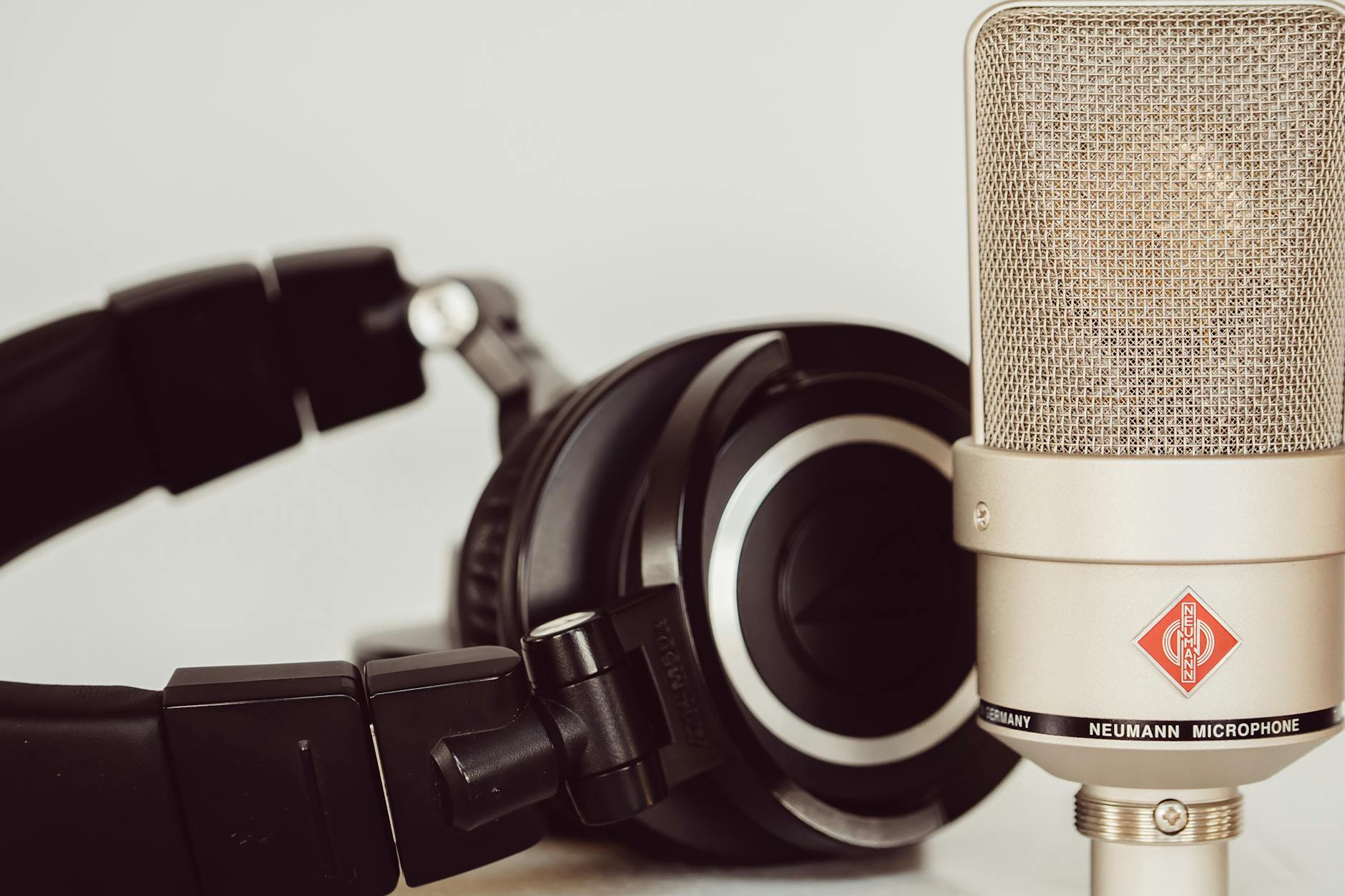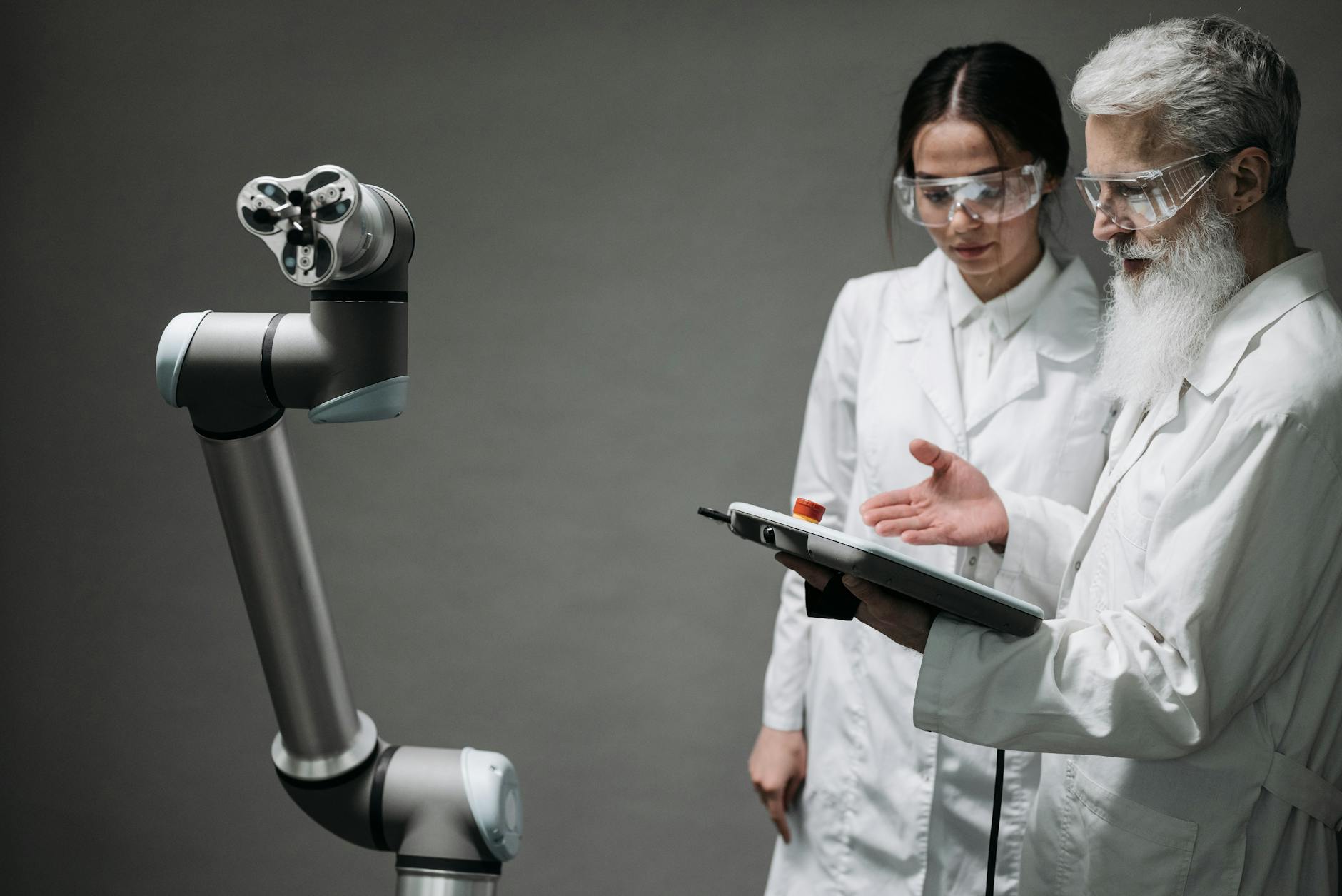How to Choose the Best AV Gear for Australia's Iconic Venues

Identifying Venue Needs
Acoustic Characteristics of Venues
As an acoustic consultant, the foundation of any audio system setup starts with a clear understanding of the venue’s unique acoustic characteristics. This process involves evaluating reverberation time, speech intelligibility, and potential sound reflections. Whether it’s the grandeur of the Melbourne Recital Centre or the intimate setting of a lecture hall, assessing these parameters ensures optimal sound delivery. For venues like the iconic Melbourne Recital Centre, where acoustics are paramount, leveraging high-quality data projectors can enhance the visual experience without compromising audio integrity.
Understanding Audience Requirements
Understanding your audience is just as crucial as knowing the venue. Different events demand varying sound profiles. For instance, a corporate seminar might prioritize clear speech sound, while a live music event would require a dynamic range to encompass both vocal and instrumental clarity. Considerations should include how audience members perceive sound in different seat locations and how sound amplifies across the venue. Tailoring solutions to audience needs can enhance engagement and satisfaction.
Functionality Versus Aesthetics
Balancing functionality and aesthetics can be a significant challenge, especially in spaces like the sound studios at the Arts Centre Melbourne. Here, technical capabilities must blend seamlessly with aesthetic appeal, ensuring the equipment does not detract from the visual environment. Choosing audio components with sleek designs without compromising on performance can simplify this balancing act. Focus on integrating systems that complement the venue's architecture while delivering high-level audio performance, ensuring that both the visual and aural elements work harmoniously.
Selecting Audio Components
When it comes to crafting impeccable sound experiences, selecting the right audio components is paramount. As an "audio systems innovator," the ability to harmonise technical prowess with reliability is key, especially in renowned spaces like the "sound studios at the Arts Centre Melbourne," where audio perfection is non-negotiable.
Evaluating Speaker Options
Choosing speakers requires a nuanced understanding of acoustic dynamics and venue size. Consider the directional characteristics and power output that suit larger spaces and intimate settings. Brands should be considered for their reputability and compatibility with existing setups to ensure seamless connectivity.
Choosing the Right Microphones
Microphones are essential for capturing true-to-life sound. Look for those offering superior frequency response and feedback rejection to cater to both live performances and studio recordings. Condenser and dynamic microphones each serve distinct roles, making them valuable in varied acoustic scenarios.
Sound System Integration Tips
Effective integration hinges on the subtle interplay between hardware and space. Ensure that each component interfaces smoothly, whether through wireless options or av cables. Compatibility with mixers and amplifiers must be scrutinised to prevent inefficiencies. Mapping out the signal path and clearly visualising connections before setup can mitigate technical headaches down the line.
In any audio venture, prioritising the correct components leads to a soundscape that elevates every listener's experience. As we move forward, this careful selection continues to empower audio professionals to push boundaries while delivering exceptional outcomes.
Choosing Visual Solutions
Projector and Screen Features
When considering visual solutions for venues like those at Federation Square, the choice of projectors and screens demands precision and expertise. Vital considerations include the throw distance of the projector, which determines how far the projector can be placed from the screen while still maintaining crisp, clear visuals. For intimate settings or small spaces, a short throw projector is optimal, while larger spaces benefit from long throw options to prevent any disruption by audience movement.
Aspect ratio is another important factor, with most setups requiring a standard 16:9 or 4:3 format to accommodate modern presentation needs. This ensures that all content, whether graphs, videos, or simple slides, is displayed without distortion, maintaining professionalism and engagement.
Moreover, screen size and material play pivotal roles. Choosing a screen that complements the projector’s native resolution enhances image clarity and brightness—crucial in settings with ambient light interference. Materials with a higher gain can help optimize brightness in well-lit environments.
Display Technology Selection
Visual clarity is paramount whether at the sound studios at the Arts Centre Melbourne or any other venue. Thus, selecting the right display technology—be it LED, LCD, or DLP—is critical. LED displays excel in brightness and are energy-efficient, making them great for outdoor setups. LCD screens, on the other hand, offer excellent color reproduction, ideal for detailed visual content. Balancing these strengths helps ensure that whatever display mechanism you choose serves the venue’s unique auditory and visual needs seamlessly.
Balancing Brightness and Clarity
To evoke true engagement, balancing brightness and clarity is key. Achieving the right luminance level prevents washout effects and ensures that visuals remain vivid and impactful, even in spaces with challenging lighting conditions. This balance is particularly crucial when integrating with control systems that may employ a universal remote to adjust settings seamlessly, ensuring user-friendly operation across varied environments.
By emphasizing these aspects, visual solutions can enhance overall performance experiences without distracting technical adjustments and allow audiences to focus solely on the content presented.
Integrating Control Systems
Benefits of Universal Remotes
As an acoustic consultant deeply engaged with delivering efficient and effective solutions, the introduction of universal remotes into your projects presents an opportunity to streamline operations significantly. Universal remotes are engineered to unify various systems which can contribute to cleaner workspace design and improved functionality. Integrating this technology enhances client satisfaction by providing them with a single point of control for complex audio-visual setups, thus simplifying operations and reducing user error.
Automation and Smart Features
Harnessing automation and smart features can elevate user experiences in any acoustic environment. For sophisticated venues like the iconic Melbourne Recital Centre, implementing automated systems can significantly improve sound quality management. Smart features such as scheduled adjustments and adaptive sound calibration work to maintain optimal acoustic performance without the need for constant human intervention. This ensures consistency and reliability, addressing common challenges faced in dynamic environments, particularly during live performances.
Ensuring User-Friendly Interfaces
Creating interfaces that users find instinctive is essential, especially in complex setups like the sound studios at the Arts Centre Melbourne. User-friendly interfaces not only empower clients by offering them control over acoustic and visual components but also promote effective system utilisation. Prioritising intuitive designs helps bridge the gap between advanced capabilities and ease-of-use, ensuring that clients feel confident in navigating their refined systems. Incorporating these technologies while staying abreast of the latest trends in materials like acoustic panels will solidify trust and uphold your high standards in acoustics consulting.
Avoiding Audio System Pitfalls
Misjudgment of Acoustic Needs
Navigating the acoustics of a venue is as much an art as it is science, requiring precision akin to that used in the sound studios at the Arts Centre Melbourne. Misjudging these needs can lead to performances that lack clarity, a frequent oversight in many live performance venues at Federation Square. One effective strategy is implementing detailed sound mapping. This involves simulating the venue acoustics in a digital model to identify problem areas. Consider incorporating AV integration techniques—where spatial simulations help decipher the perfect angle for speaker placements—to ensure balanced sound distribution.
Overlooking Technology Compatibility
Not all tech is created equal, and overlooking compatibility can lead to a dissonant symphony of devices. Often, this is the Achilles' heel for audio setups, where incompatible components lead to prolonged downtimes and inefficient sound. To combat this, make use of a universal remote control system to harmonise various technologies. These systems bridge the gap between outdated gear and cutting-edge equipment, ensuring smooth operation and heightened efficiency. Always keep one eye on future-proofing your setup, akin to the forward-thinking designs used at the Melbourne Recital Centre.
Ignoring Venue-Specific Challenges
Each venue, from the historic spaces at the Arts Centre Melbourne to the open arenas around Federation Square, presents unique challenges. Ignoring these nuances can yield less-than-optimal sound experiences. It's essential to conduct a comprehensive venue analysis before finalizing system components. These assessments will inform choices in everything from microphone types to speaker sizes, ensuring that every note resonates perfectly with your audience’s expectations. Embrace audio integration technology to seamlessly marry architectural aesthetics with sonic perfection, crafting an environment where every sound system operates at its peak potential.


